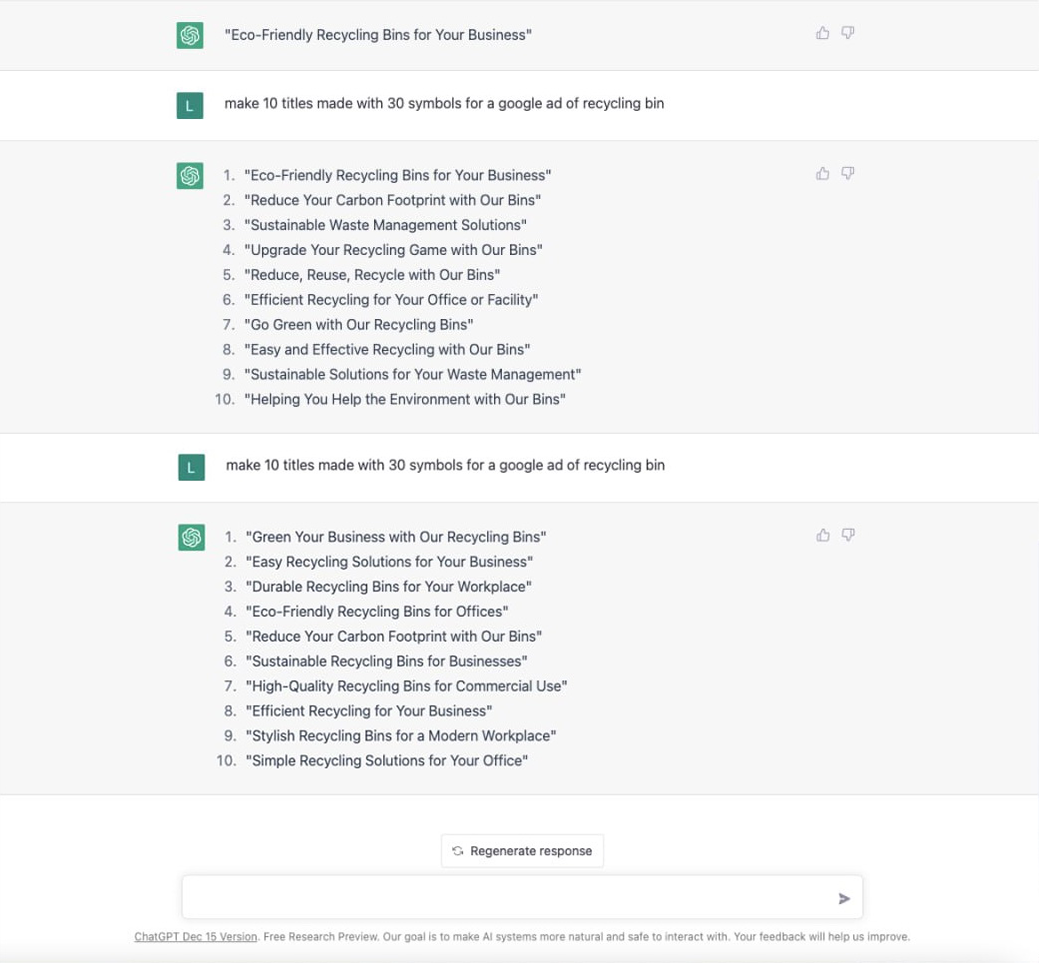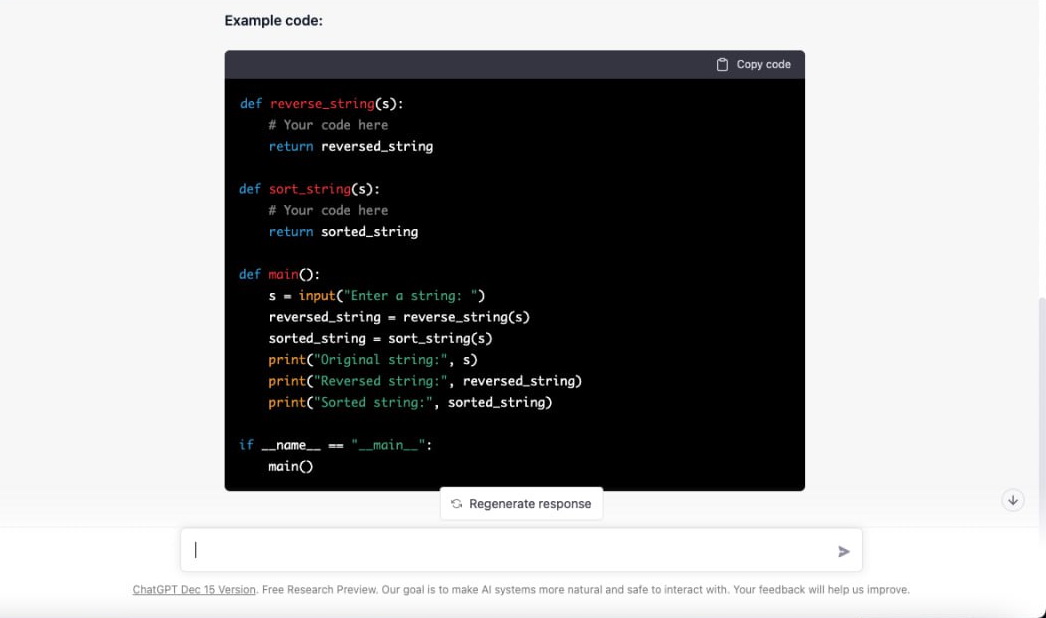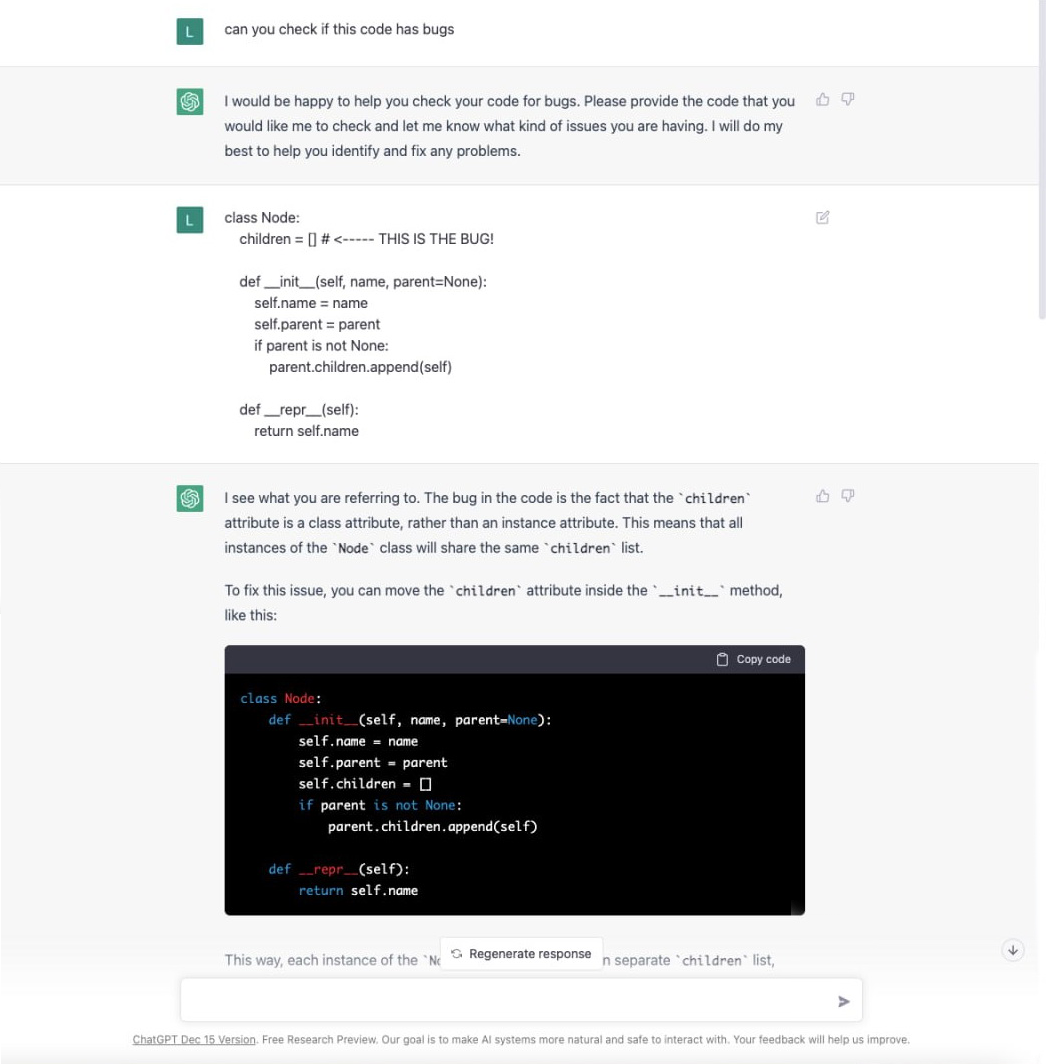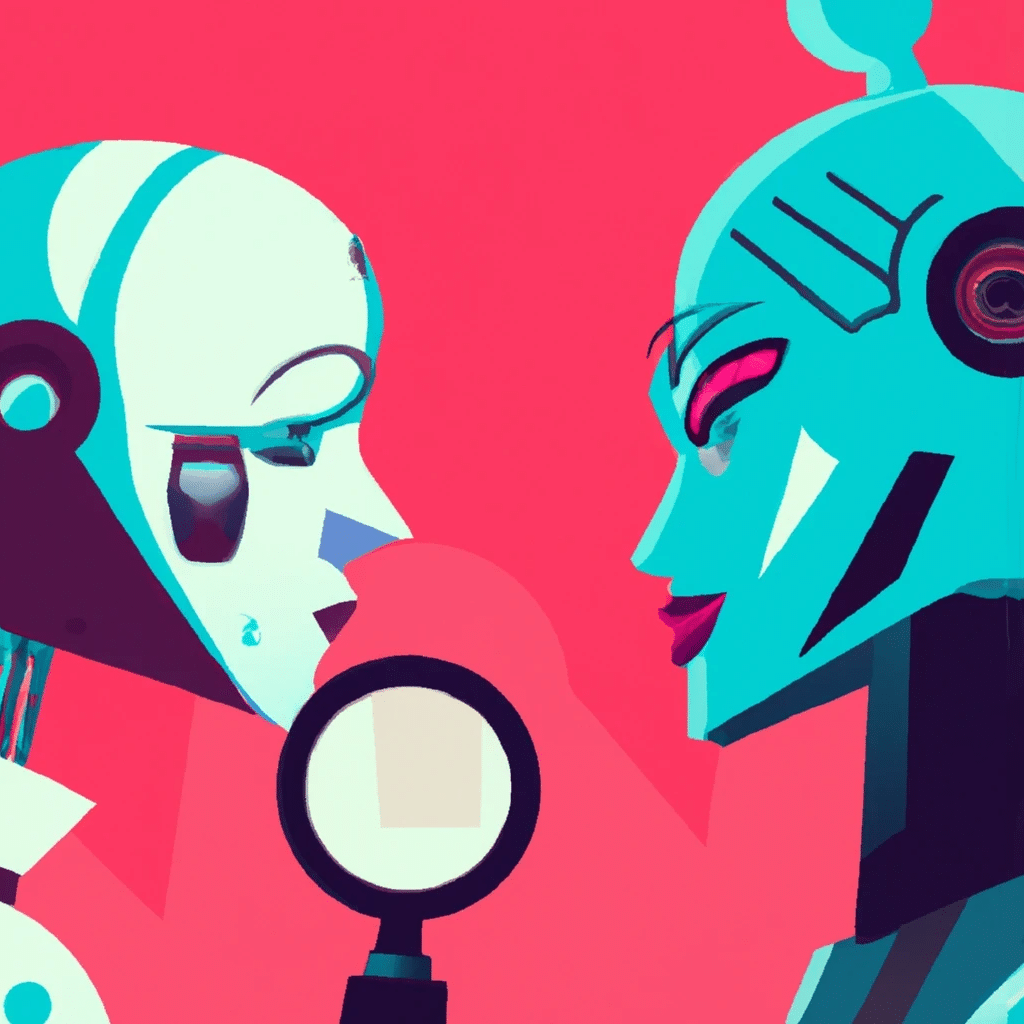In recent years, language models such as ChatGPT have made real breakthroughs in human language recognition. With their ability to understand user queries and respond to them in a human way, chatbots have the potential to significantly transform the way we search for and consume information. I
n the article we explain what opportunities ChatGPT offers, why it has scared Google so much, and how the technology can be useful for businesses right now.
What is ChatGPT?
ChatGPT is a conversational chatbot developed by OpenAI. It gives unexpectedly acceptable answers (for artificial intelligence) to any — even complex and vaguely formulated — questions. ChatGPT uses a completely human-style dialogue, and can find information, write code, write poems, participate in a brainstorming session, tell a fairy tale, or even offer a decent recipe for dinner.
Why ChatGPT is a breakthrough
ChatGPT is a large language model. It has been trained on a huge amount of information: 570 gigabytes of text were fed into it to train it. This makes it qualitatively better and smarter than previously created models.
In addition, ChatGPT understands what people mean better than other neural networks, thanks to its Human Feedback Reinforcement Learning (RLHF). Specially hired people evaluated its answers using criteria such as: which of the options is more accurate, comprehensive, better answers the question, etc. This is how ChatGPT learned to formulate responses that satisfy users.
How ChatGPT works
ChatGPT processes the data entered by the user: analyzes words and grammar, and determines key phrases. With the results, it turns to her knowledge base and generates a response using various text processing techniques, such as language modeling, machine translation, and generalization.
Why is Google panicking?
Language models, unlike search engines, understand a person quite well, and give ready-made, understandable answers. Users don’t need to independently browse a huge number of sites from search results. Not surprisingly, many have begun to speculate whether smart chatbots like ChatGPT could completely replace traditional search engines like Google.
ChatGPT itself assures that this is unlikely soon. Knowledge of language models is limited. They cannot search for answers on the Internet but operate only with the information that they were given during training. Search engines, on the contrary, index the text on all sites on the Internet, and select the most relevant pages. But they do not formulate a human-understandable answer.
The obvious solution would be to combine the two technologies. And Google even has its own development in this area — the LaMDA chatbot. They are not in a hurry to release it yet — in the case of failure, the reputational risks for such a giant as Google would be much higher than for a startup like OpenAI. But after the launch of ChatGPT, the corporation became nervous and threw all its efforts into refining its language model.
Another thing is that simply combining a chatbot and search is not profitable for Google itself. If users will receive ready-made answers to search queries, why should they click on sponsored links? Advertising accounts for 80% of the company’s revenue.
How can ChatGPT be of use for businesses?
It’s interesting, of course, what awaits Google, and whether there will be a machine uprising. But much more important is how ChatGPT’s capabilities can be used now. Here are the options that the neural network itself offers:
- Customer support. ChatGPT is not one of those ubiquitous stupid chatbots that respond inappropriately with notes from the FAQ. This is a full-fledged interlocutor that can understand a person, give them necessary information, and help in solving a problem.
- Communication with users on social networks and other online platforms. ChatGPT can respond to regular comments, stimulate activity, and even work with negative comments — calmly, positively, and carefully.
- Providing business information. For example, market trends, industry news, and competitive analysis.
- Administrative tasks. ChatGPT can act as a personal assistant, such as helping with schedule planning, writing emails, and taking part in the discussion of ideas.
OrbitSoft has already found uses for ChatGPT in real projects. We’ve given the language model tasks that humans normally do. This saves time and money for customers.
OrbitSoft ChatGPT Use Cases
Case 1. ChatGPT writes texts for advertisements
Customer: The ad network earns money by placing online ads. The company has more than 30 thousand clients.
Problem: To place advertisements, you need to pay money to copywriters for creating texts. But some advertisers are small businesses with very limited budgets, with very limited ability to pay copywriters.
Task: Create many unique advertisements, and reduce the cost of their creation, without loss of efficiency or quality.
Solution: We used ChatGPT to create ad texts. The language model generated variations of headlines and ad texts in a matter of seconds, saving clients time and money.
We saved about 3000 hours and 150 thousand dollars per month using ChatGPT
First, we formulated the terms of reference for the neural network for each client:
- text must be unique
- describe the benefits of the customer’s product
- comply with the requirements of the advertising platform (for example, Google Ads)

To make the ads effective, we tested the ads and chose the ones that work best.
Result
The cost of a copywriter in the US is on average $ 40—50 per hour. Creating texts for advertisements for each client takes about an hour. The texts are updated every month. ChatGPT takes 5 seconds and is free for now.
The option to generate text using a neural network was used by 10% of the clients of the advertising network — about 3,000 companies. We spent 4.2 hours creating ads for them (5 seconds per 3,000 customers = 15,000 seconds). If the ads were written by copywriters, it would take 3000 hours and 120—150 thousand dollars per month.
| Ads are written by a copywriter | Ads are written by ChatGPT |
| 3000 hours per month | 4.2 hours per month |
| 120—150 thousand dollars per month | For free (during the trial period) |
Case 2. ChatGPT validates student’s code
Customer: The company conducts programming courses on the EdGlad platform.
Problem: For students to gain practical programming skills, they must complete many learning tasks. A teacher needs to come up with tasks, complete them on their own in order to have an example of a working program, and check students' work for bugs and errors. It takes a lot of time.
Task: Automate the process of creating and checking training exercises.
Solution: Using a neural network, we generated many tasks and checked student work without the involvement of teachers. The ChatGPT knowledge base contains a lot of information about programming, so it performs especially well on tasks related to code and algorithms.
We formulated the terms of reference for the neural network: what language the code should be written in, what the program should do. Then we received the correct version. Then we
gave the same task to the students.


We showed ChatGPT programs made by students and asked it to find and correct errors.

Result
During the first month of work, more than a thousand training exercises were generated, and more than 30 thousand student programs were tested, freeing up teachers' time.
Conclusions
Large language models will be part of our future. The qualitative technological leap that ChatGPT has demonstrated gives us the opportunity to look into this future now and take advantage of its achievements.
Neural networks are still largely limited: they make mistakes, can generate offensive or dangerous content, are based only on knowledge gained during training, and do not have access to information from the Internet. However, even now they can be useful for businesses: to reduce the time to generate content, reduce costs, and even increase profits.
For example, OrbitSoft has used ChatGPT to create many unique advertisements, and to test programming tutorials.

